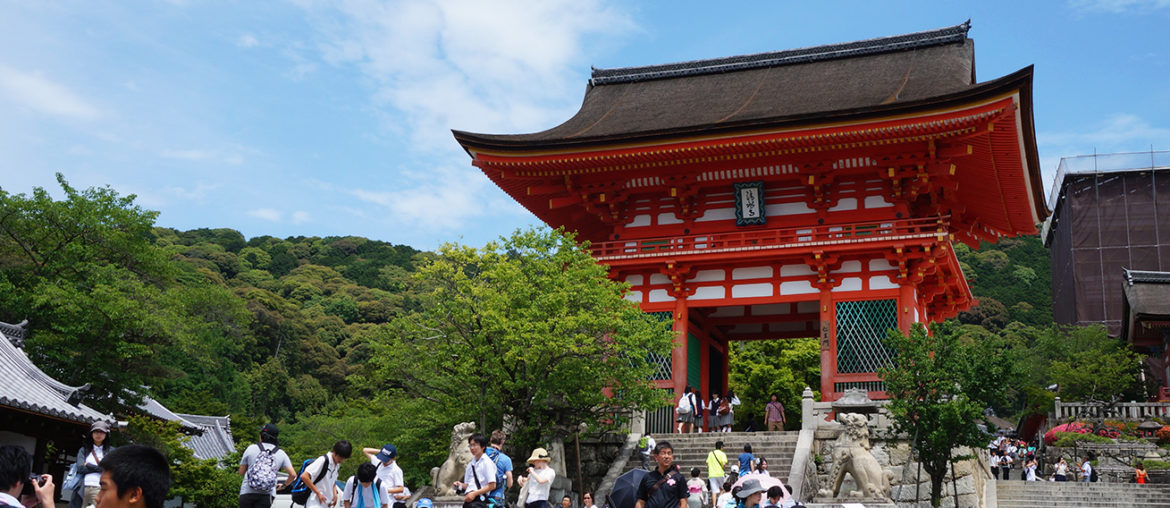Vermillion, ruby, scarlet, cerise, maroon, red—it’s everywhere. From the intricate floral hair ornaments and beautiful ornate robes of the passing geishas and maikos, to the pocket-sized omamori or lucky charms being sold inside the temples. Red is a recurring color in the old capital of Japan, Kyoto. Most notably, though, is the fiery red of Kyoto temples’ torii gates.
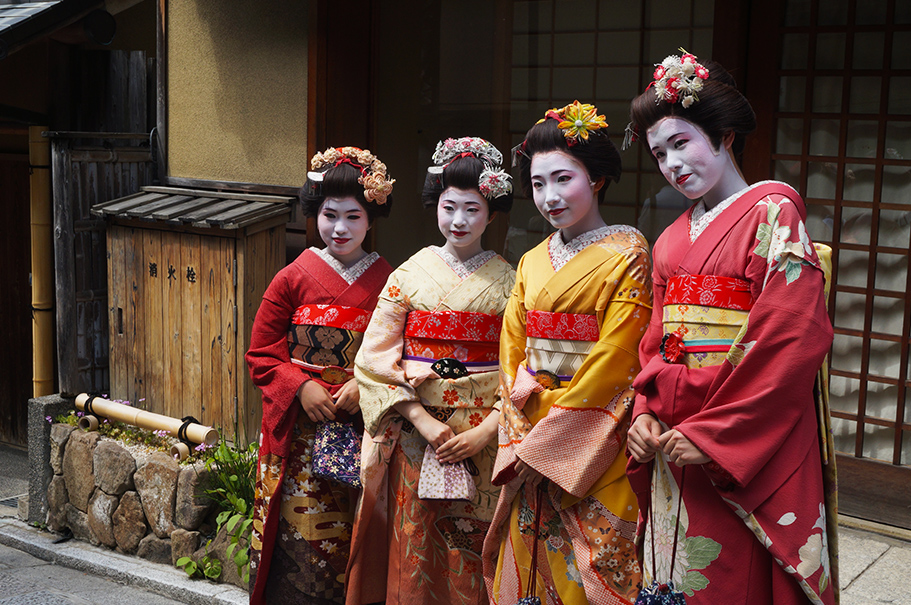
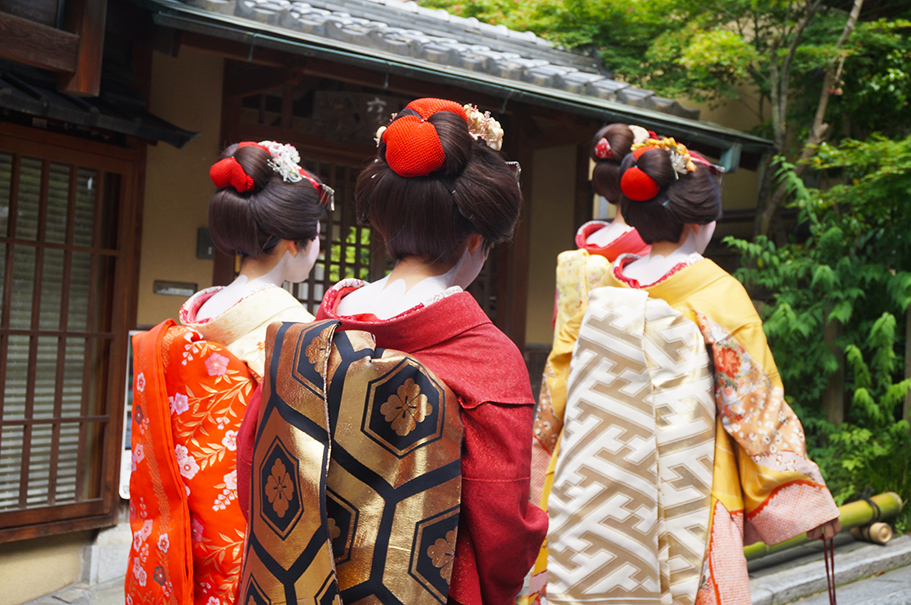
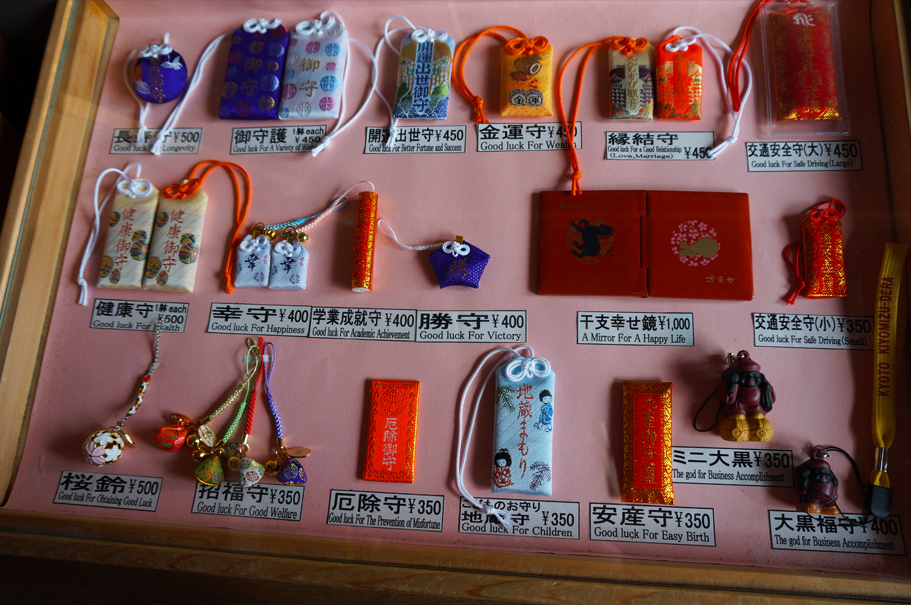
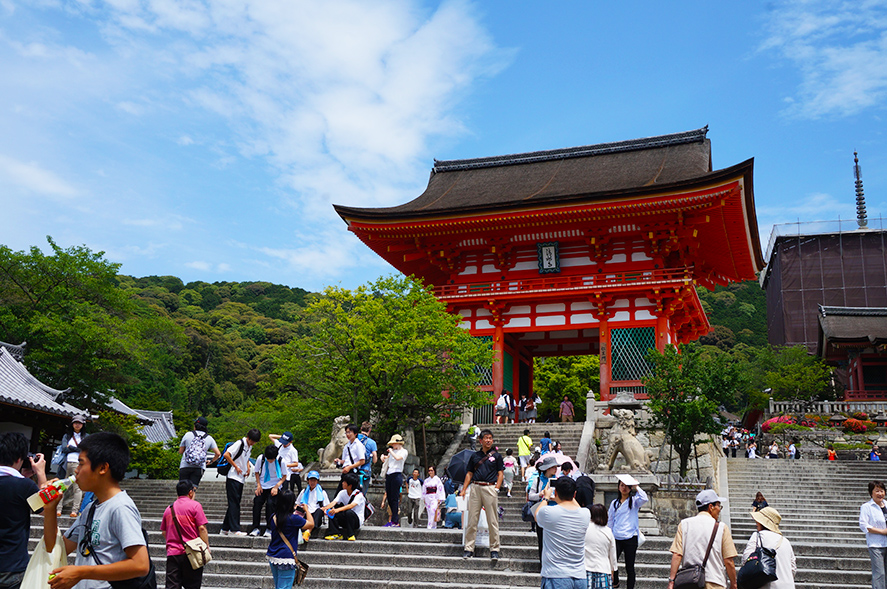
What are these “torii gates” anyway? Torii gates are markers that set the boundary from the profane everyday world, to the sacred world of the “kami” or Shinto gods. They mark the entrance into a sanctified space. They are usually made out of either wood or concrete, and are painted orangey-red to jet black.
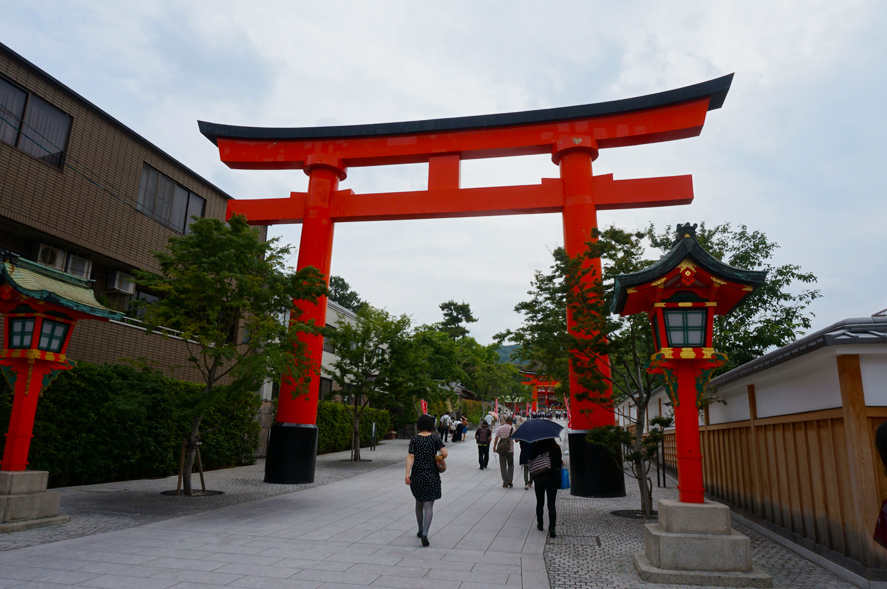
In Chinese culture, red is a symbol for luck. In Japanese religion though, there is no clear explanation on why most torii gates are painted a bright, flaming red hue. One school of thought, however, says that the color acts as a sort of shield against evil entities or spirits. It serves as a protection against any calamities or disasters. Red is painted not just on the torii gates, but on the temples and surrounding fences as well.
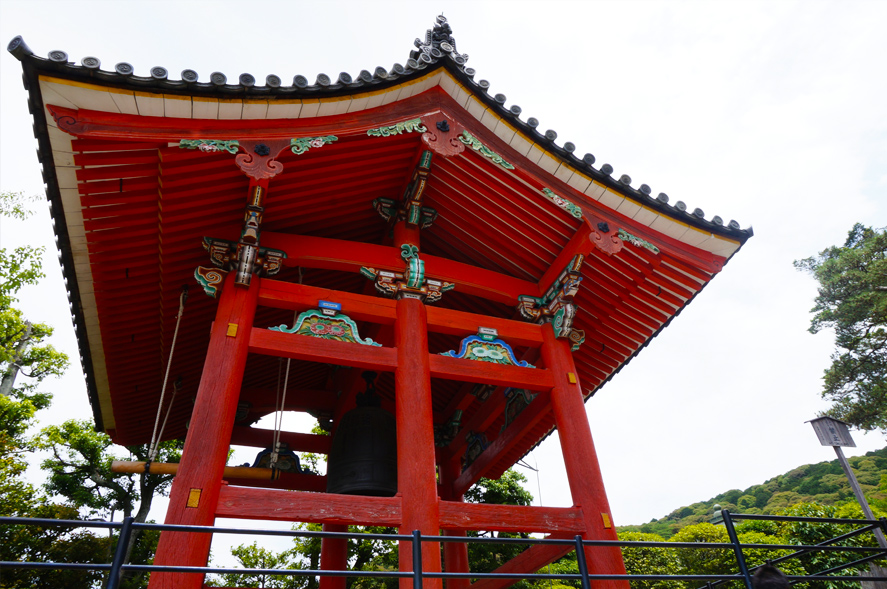
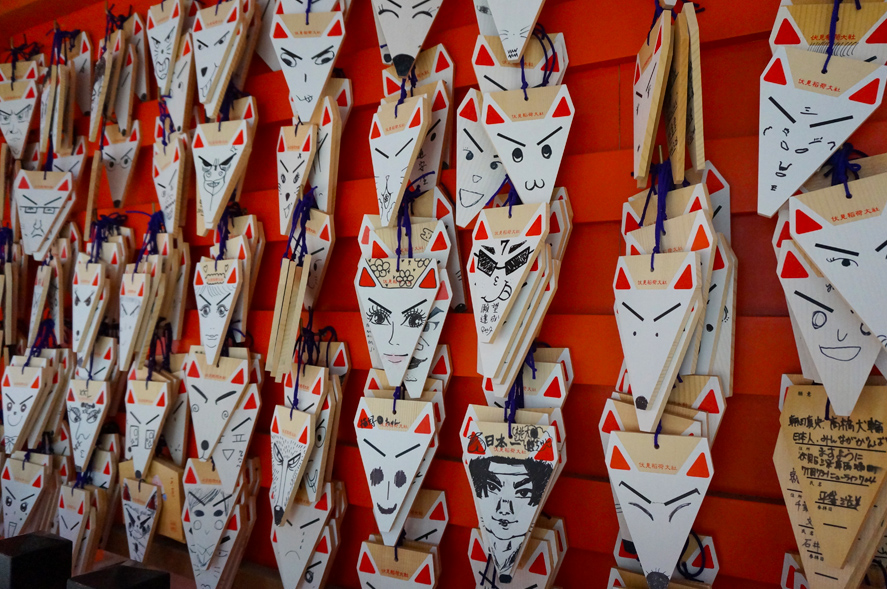
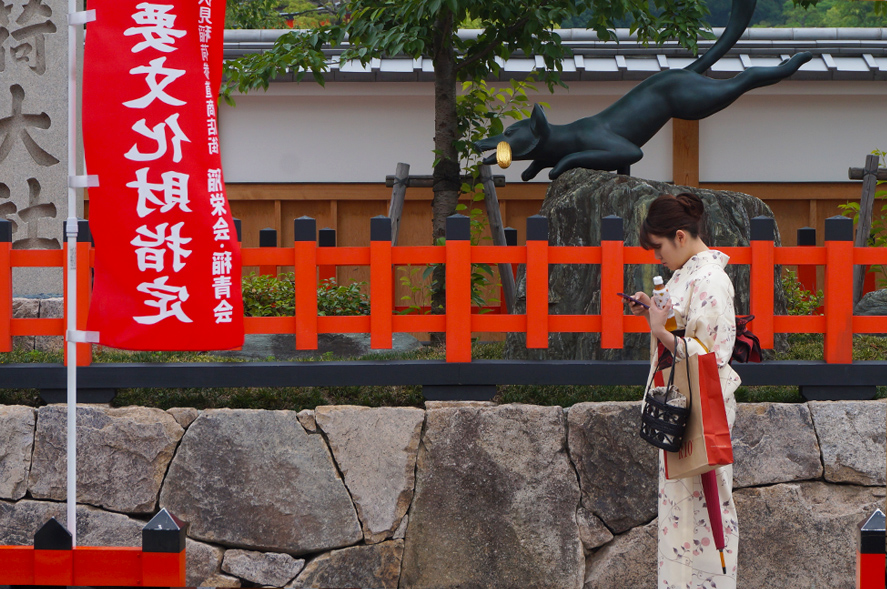
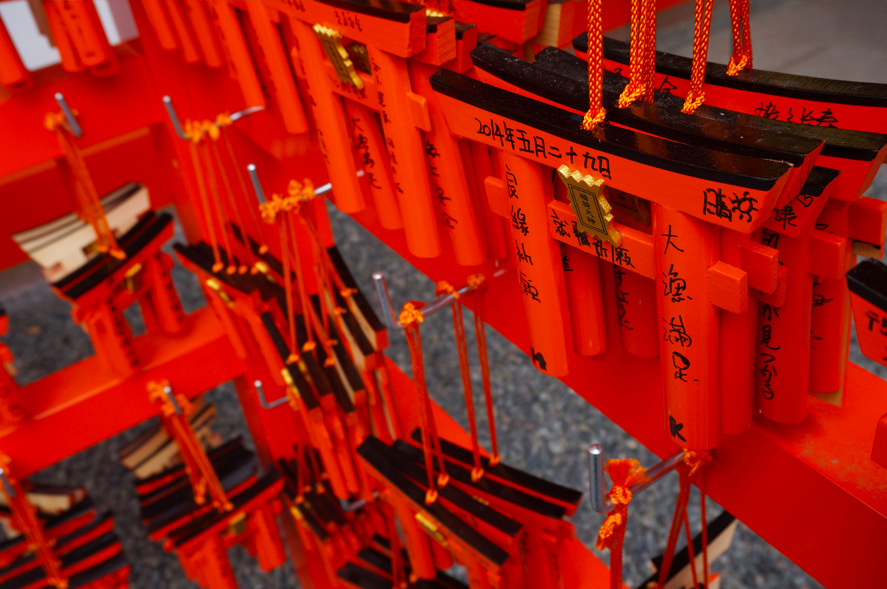
All shrines and temples have torii gates; however, the most famous ones would have to be in Fushimi-Inari Shrine. What makes Fushimi-Inari Shrine stand out is the sheer number of torii gates, more than 10,000 torii gates in the temple grounds. These torii gates were donated by either individuals or companies, their names inscribed in their prospective torii.
I’ve seen photos of these world-famous gates all over the internet even before we booked a flight to Japan, but seeing them in real life just takes your breath away. It also takes your breath away in a literal sense since you have to climb a mountain to fully appreciate the vast number of these torii gates.
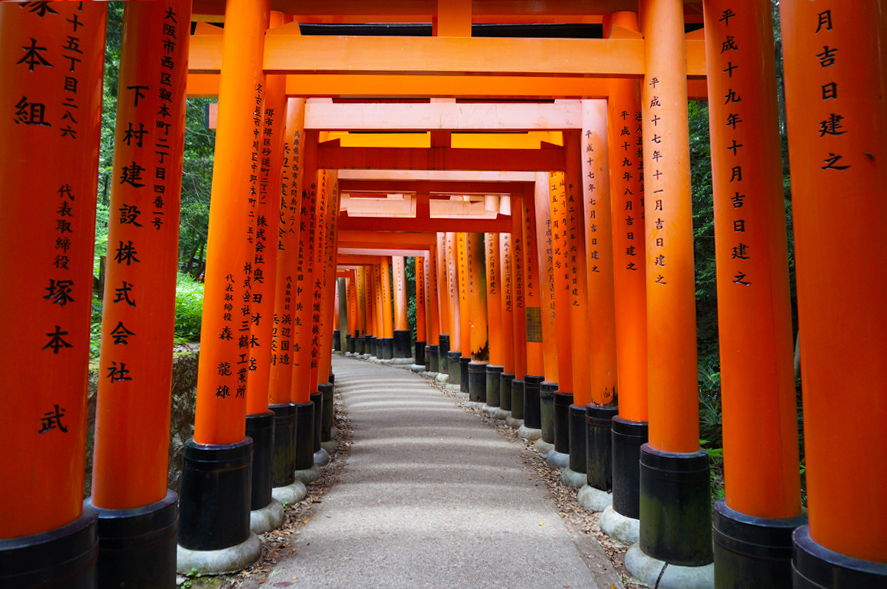
There is a 4 kilometer walk/hike up Mount Inari that are lined with these brilliant red gates. In some areas, the gates are assembled so close together that only a little bit of sunlight can squeeze through. There are rest stops along the way where they sell refreshments and Inari temple delicacies like the Inari sushi, which is rice wrapped in fried tofu.
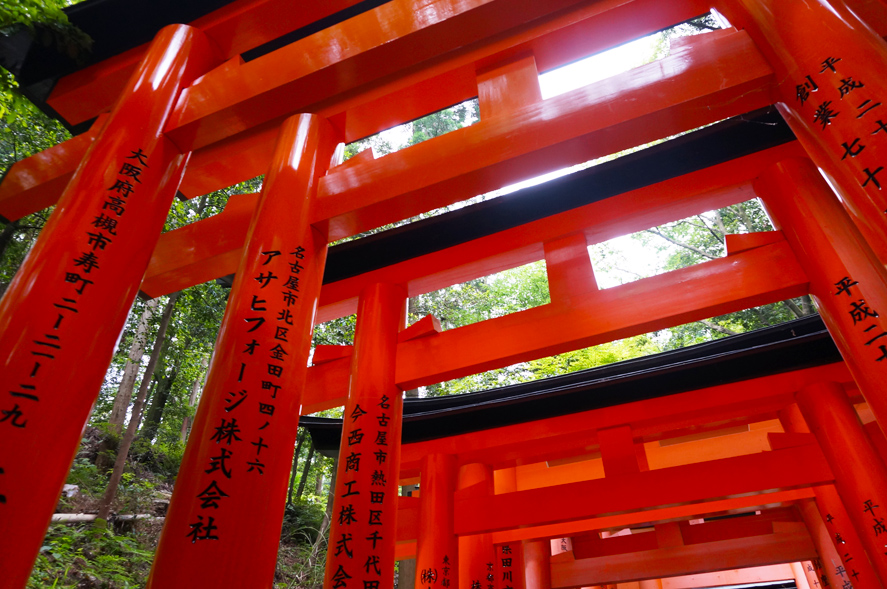
It takes around two to three hours to get to the top of the mountain. I would have very much wanted to climb to the peak of Mount Inari. Aside from being housed by the beautiful, red torii gates, the pathway to the top was also shrouded in trees and shrubs, making it a pleasant nature hike to the top. However, I was with my family during that trip to Fushimi-Inari Temple and they refused the extra exercise under the sweltering summer heat of Japan. Maybe next time then!
No trip to Kyoto would be complete without a visit to at least one of the many breathtaking temples around the area. You don’t have to be Shinto or Buddhist to appreciate the perfection of harmony between nature and architecture in these sacred spaces. Oh, and while you’re there, don’t forget to get yourself a little omamori to bring home some good luck!

